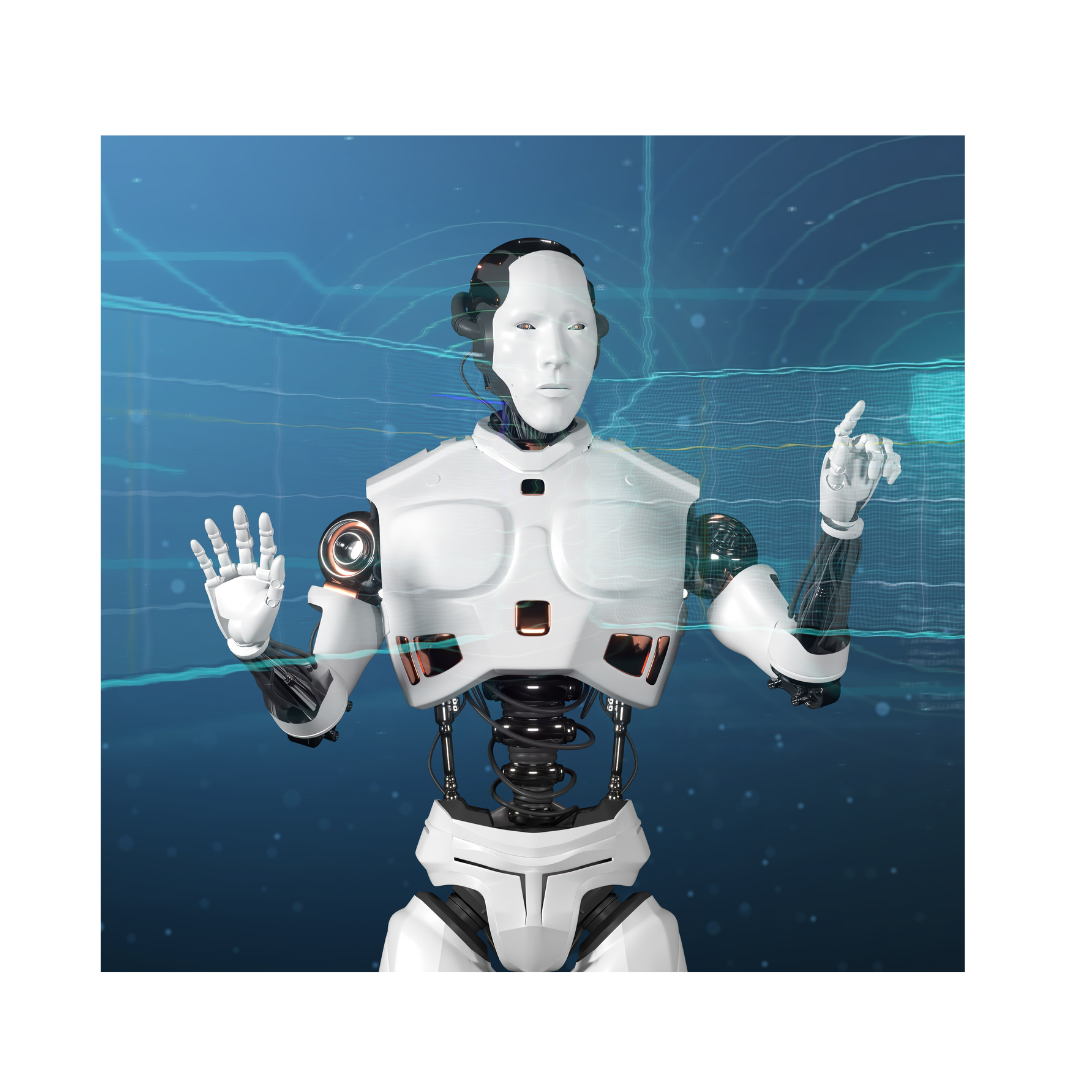Is ChatGPT a Robot? ChatGPT is not a robot but an advanced AI language model developed by OpenAI. Unlike robots, which are physical machines performing tasks in the real world, ChatGPT exists solely as software and interacts through text. It excels in generating human-like responses for applications such as customer service, content creation, and virtual assistance. While ChatGPT can simulate natural conversation, it lacks the physical capabilities and presence of robots. As technology evolves, the distinction between AI software and robots may blur, but ChatGPT remains a text-based tool rather than a physical entity.
Is ChatGPT a Robot?
In the age of advanced technology, understanding the tools we use is essential. One common question is: Is ChatGPT a robot? To answer this, we need to delve into what ChatGPT is, how it functions, and how it differs from what we typically consider a robot.
Understanding ChatGPT
ChatGPT, developed by OpenAI, is an AI language model that uses machine learning to generate human-like text. It’s designed to understand and respond to text inputs in a coherent and contextually relevant manner. While it might feel like interacting with a human, ChatGPT is essentially a sophisticated piece of software.
What is a Robot?
Traditionally, a robot is a machine capable of carrying out complex actions automatically, especially one programmable by a computer. Robots often have a physical presence, such as robotic arms in manufacturing or humanoid robots used in various applications. They perform tasks ranging from simple repetitive actions to complex procedures.
ChatGPT vs. Robots – Is ChatGPT a Robot?
Physical Presence
One of the primary distinctions between ChatGPT and a robot is physical presence. ChatGPT exists purely as software and lacks any physical form. In contrast, robots typically have a tangible presence and interact with the physical world.
Functionality
ChatGPT excels in processing and generating text-based responses, making it ideal for applications like customer service, content creation, and virtual assistance. Robots, on the other hand, can perform a wide range of physical tasks, such as assembling products, performing surgeries, or exploring Mars.
Interaction
Interacting with ChatGPT involves typing or speaking text and receiving text-based responses. This interaction is purely digital and occurs through interfaces like chat windows, apps, or voice assistants. Robots, however, can interact with their environment and perform physical tasks, sometimes even working alongside humans.
The Role of AI in ChatGPT
ChatGPT is powered by artificial intelligence, specifically a type of AI known as natural language processing (NLP). NLP allows ChatGPT to understand and generate human language. This capability is why interactions with ChatGPT can feel natural and engaging. However, this AI-driven interaction doesn’t equate to the physical autonomy often associated with robots.
Applications of ChatGPT
Customer Service
ChatGPT can handle customer inquiries, provide information, and assist with common issues, offering a seamless customer experience without the need for human intervention.
Content Creation
From generating blog posts to crafting social media updates, ChatGPT can create high-quality content quickly and efficiently, aiding marketers and writers.
Virtual Assistance
As a virtual assistant, ChatGPT can help schedule appointments, set reminders, and provide information, making daily tasks easier to manage.
The Future of ChatGPT and Robots
As technology advances, the line between AI software like ChatGPT and robots may blur. We’re already seeing robots equipped with advanced AI, enabling them to perform complex tasks and interact more naturally with humans. However, the core distinction will likely remain: ChatGPT as a software-based AI specializing in text interaction, and robots as physical entities capable of performing a wide range of actions.
Conclusion – Is ChatGPT a Robot?
ChatGPT is not a robot. It’s an advanced AI language model designed to process and generate text. While it can simulate human-like conversation and perform various text-based tasks, it lacks the physical presence and capabilities of a robot. Understanding this distinction helps us appreciate the unique strengths of ChatGPT and how it can be effectively utilized in different applications. As we continue to integrate AI into our daily lives, tools like ChatGPT will play an increasingly significant role, complementing the functions of physical robots and enhancing our interaction with technology.

